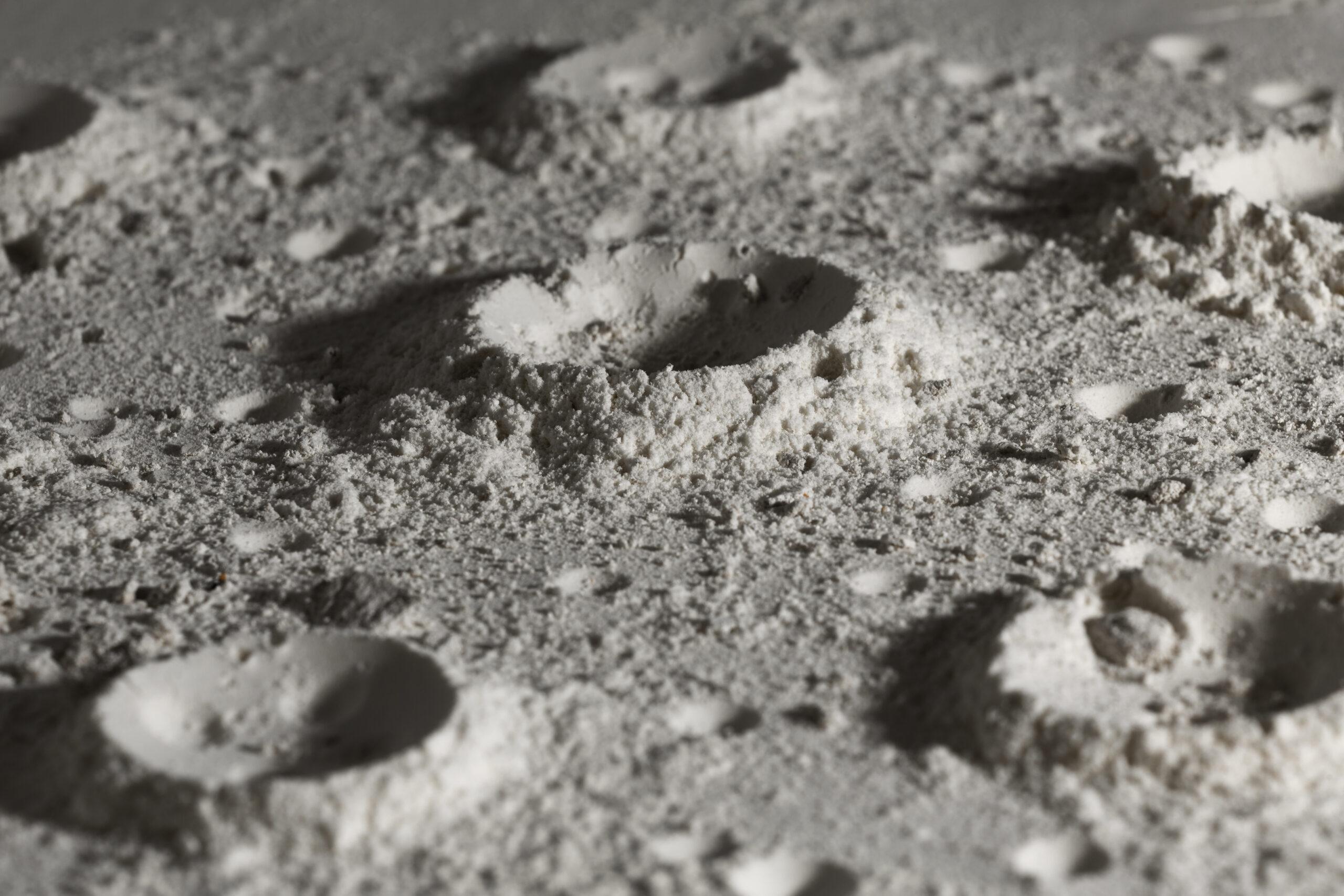The Promise of Lunar Solar Panels: A Giant Leap for Sustainable Moon Bases
For decades, scientists have dreamed of establishing permanent human settlements on the Moon. But one major obstacle has always stood in the way: how to power these outposts without relying entirely on Earth for supplies. A groundbreaking new discovery may finally provide the answer—solar panels made from moon dust itself.
An Inspired Idea Takes Shape
The concept struck Dr. Felix Lang like a bolt of inspiration. “When I first heard about using lunar materials for construction, I immediately thought—why not solar cells?” recalls the University of Potsdam researcher. His team’s subsequent work has transformed this flash of insight into a tangible technology that could revolutionize how we approach space exploration.

From Moondust to Electricity
The process begins with lunar regolith—the fine, gray powder that blankets the Moon’s surface. Unlike previous attempts that required complex purification methods, Lang’s team developed an elegantly simple approach:
- The raw regolith is melted using concentrated sunlight, creating a crude but functional glass material affectionately dubbed “moonglass.”
- This glass substrate is then combined with ultra-thin layers of perovskite crystals—a synthetic material that excels at converting sunlight to electricity.
- The resulting solar cells, while not yet as efficient as Earth-made versions, have already achieved 12% efficiency in laboratory tests.
What makes this approach revolutionary is its simplicity. Early experiments suggest the entire process could be accomplished using nothing more than curved mirrors to focus sunlight for melting, eliminating the need for complex machinery.
Why This Matters for Lunar Exploration
The implications are profound. Traditional solar panels, while effective, are heavy and expensive to transport from Earth. By contrast, these moon-made solar cells offer several key advantages:
- Dramatically reduced launch costs since only the lightweight perovskite component needs to be shipped
- Sustainable power generation using materials available in unlimited quantities on the lunar surface
- Potential for rapid scaling once initial manufacturing processes are established
Dr. Nicholas Bennett from the University of Technology Sydney notes, “Previous approaches tried to make perfectly clear glass from lunar soil, which requires sophisticated processing. This work shows we can use the material much as we find it—that’s a game-changer.”
Challenges on the Horizon
While promising, significant hurdles remain before lunar solar farms become reality. The current 12% efficiency pales next to Earth-based solar panels that approach 26%. Researchers are exploring several avenues for improvement:
- Using magnets to extract iron particles from the regolith before melting
- Optimizing the perovskite layer thickness and composition
- Developing methods to connect individual cells into large, reliable arrays
There are also practical considerations about how to implement this technology in the harsh lunar environment. Temperatures swing wildly between blistering heat and bitter cold, while abrasive moon dust threatens to coat and damage equipment.
Beyond the Moon: A Template for Space Exploration
Perhaps most exciting is how this technology could extend to other worlds. “We’re already asking if this would work with Martian soil,” Lang reveals. The same principles might apply on Mars, where establishing local manufacturing capabilities will be even more crucial due to the planet’s greater distance from Earth.
As Dr. Michael Duke of the Lunar and Planetary Institute observes, “If we can perfect this on the Moon, we open the door to manufacturing solar arrays for spacecraft directly in space—eliminating the need to launch them through Earth’s gravity well entirely.”
The Road Ahead
Looking forward, researchers envision a not-too-distant future where lunar bases power themselves using sunlight and local materials. The next steps involve scaling up prototypes and testing them in conditions that simulate the Moon’s environment—intense radiation, vacuum, and extreme temperature variations.
Space agencies are taking notice. Both NASA’s Artemis program and ESA’s Moon Village concept could potentially incorporate this technology in the 2030s, marking a crucial step toward humanity’s permanent presence beyond Earth.
As we stand on the cusp of this new era in space exploration, one thing becomes clear: the key to powering our future in space may have been lying in the lunar soil all along, waiting for clever minds to unlock its potential. The dream of self-sustaining moon bases just took a significant leap toward reality.

